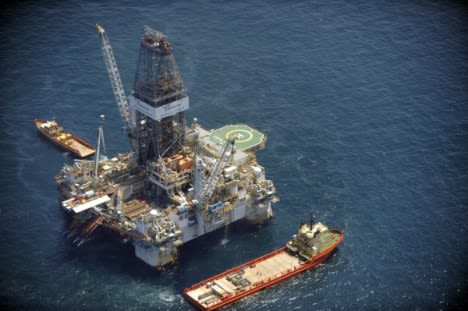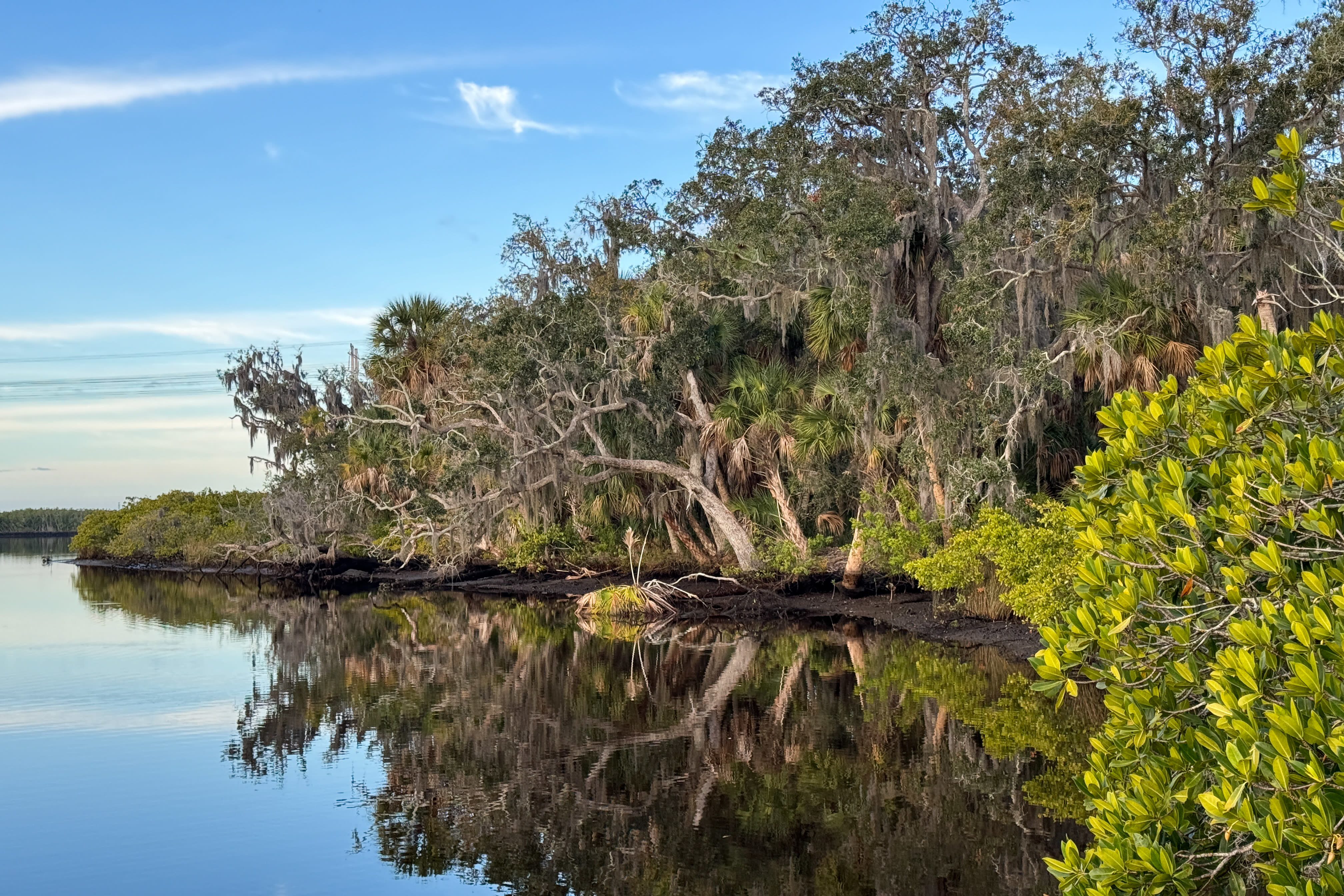New Drilling Bill Raises Alarm in Florida

Last week, the U.S. Senate’s Energy and Natural Resources Committee passed a bill sponsored by Bill Cassidy (R-Louisiana) that would allow for drilling in federal waters within 50 miles of Florida’s coastline. The bill passed through the committee 12-10 along a straight party line vote and now awaits consideration by the full Senate after its summer recess. If passed, the new law would replace existing federal guidelines that maintain a 125-mile zone buffer around Florida. Sen. Bill Nelson (D-Florida) was predictably livid and he vowed to use every procedural tactic at his disposal to block the pending legislation.
As the bill’s sponsor, Sen. Cassidy claims that increased access near the Florida coastline will result in an additional million barrels of U.S. oil production each day, billions of dollars of additional royalties for the U.S. Treasury and lots of new, high-paying jobs for Floridians.
This sounds so familiar.
About six years ago, our state legislature came very close to lifting a moratorium on drilling activity in state waters within nine miles of the shoreline. and similar claims were made. I remember it well because I was the lead author for a report on the potential impacts of this policy change that was written on behalf of the Century Commission for a Sustainable Florida.
Our report considered a broad range of potential risks and rewards associated with drilling near the Florida coastline. It did not offer recommendations because that was not within our charge (the report was requested by former Senate president Jeff Atwater). Some of our most important insights, however, concerned the estimates for oil and gas resources in the eastern Gulf of Mexico that are currently off-limits to drilling. This included estimates for Florida’s coastal waters as well as the Eastern Gulf areas under the federal moratorium. Suffice it to say that there’s not much there. There may very well be lucrative natural gas deposits in an area known as the Destin Dome that will generate meaningful profits for a few oil and gas firms. But the latest claims—of an additional million barrels of oil per day, billions of dollars of royalties and thousands of new jobs—are bogus. The eastern Gulf of Mexico is essentially a giant limestone platform that doesn’t hold the oil and gas reservoirs found in the central and western Gulf. It’s largely a hydrocarbon desert.
If Sen. Cassidy’s bill ultimately passes, we will likely see the oil and gas industry expand its operations eastward within 50 miles of the Florida Panhandle. Existing infrastructure and personnel would likely be used and any oil and gas produced would likely be shipped or pipelined back to Louisiana’s refineries. Louisiana and other Gulf states with existing oil and gas jobs and associated infrastructure may stand to gain a little from this. Whatever new risks are generated by moving drilling operations closer to Florida’s beaches will be borne by Florida. The oil and gas industry will also have to work out an arrangement with the folks at Elgin Air Force base to share the space that’s currently used exclusively by the military. Whether this would result in fewer military exercises (perhaps requiring fewer supporting jobs) is anyone’s guess.
It comes as no surprise that few if any Florida politicians are jumping on Sen. Cassidy’s bandwagon.
For more Election Fever blog posts, click here. >>
Frank Alcock is an associate professor of political science at New College of Florida, one of the nation’s premiere public liberal arts colleges. He appears regularly as a political analyst with ABC News in Sarasota and speaks on a range of political and public policy topics.



